1
What did the Apollo astronauts eat?
Astronauts' meals had to be lightweight, compact and suitable for zero gravity. Crumbs needed to be avoided at all costs in case they got into equipment and caused damage.
The Apollo 7 crew’s diet was mainly made up of rehydrated foods such as shrimp cocktail and chicken salad.
Although this might sound nice, it was closer in resemblance to baby food than a nice salad.
Water was added into the packet, which was kneaded and then consumed out of a tube.
The meals took too long to prepare and weren’t popular. Thermo-stabilised ‘wetpack’ foods were introduced on Apollo 8. These were tastier and easier to make.
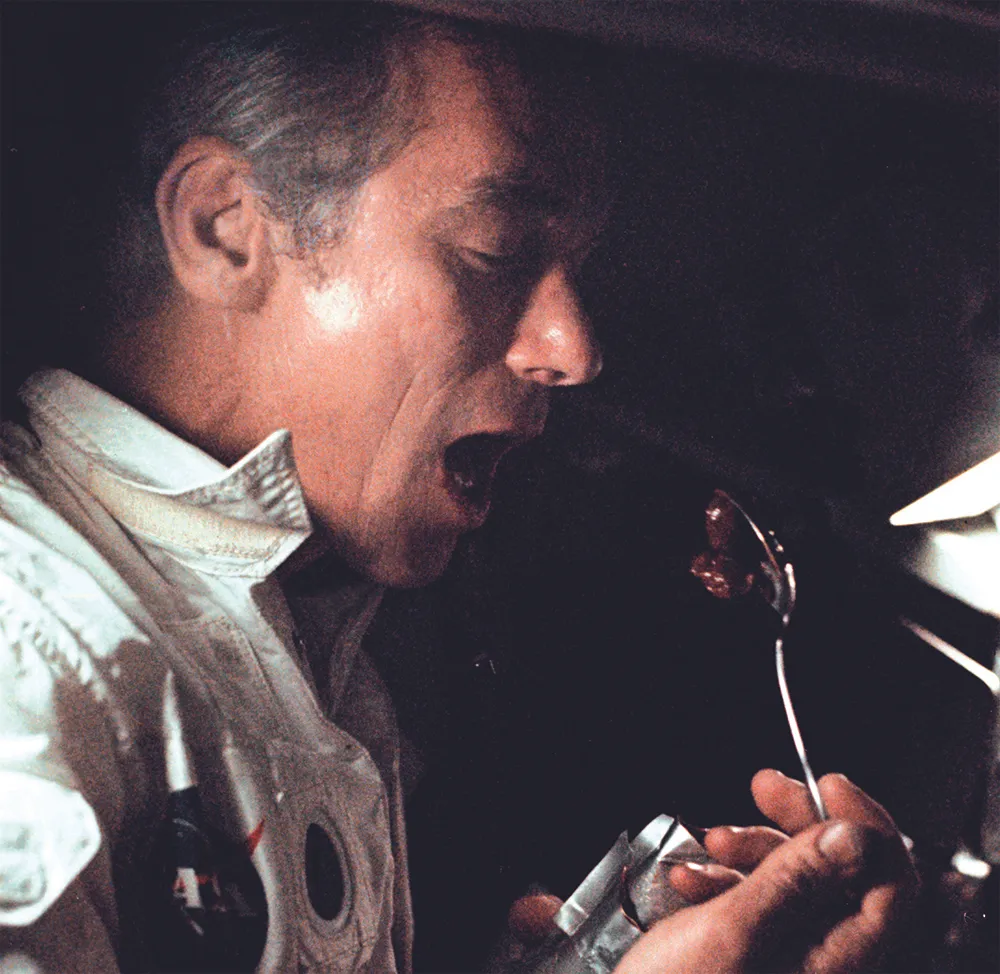
On Christmas Day 1968, the Apollo 8 crew tucked into turkey and gravy with spoons. This was a breakthrough.
The moisture in the food meant it stayed on the spoon even in zero gravity.
The Apollo 11 crew were treated to cheddar cheese spread and frankfurters.
Apollo 12 saw the addition of freeze-dehydrated scrambled eggs, which proved extremely popular.
By Apollo 14, the lunar suits had an in-built drinking device that in the following mission would also include food bars in the suit neck.
This enabled astronauts to keep up their fluid and calorie intake on the Moon.
2
How did the Moon landers go to the toilet?
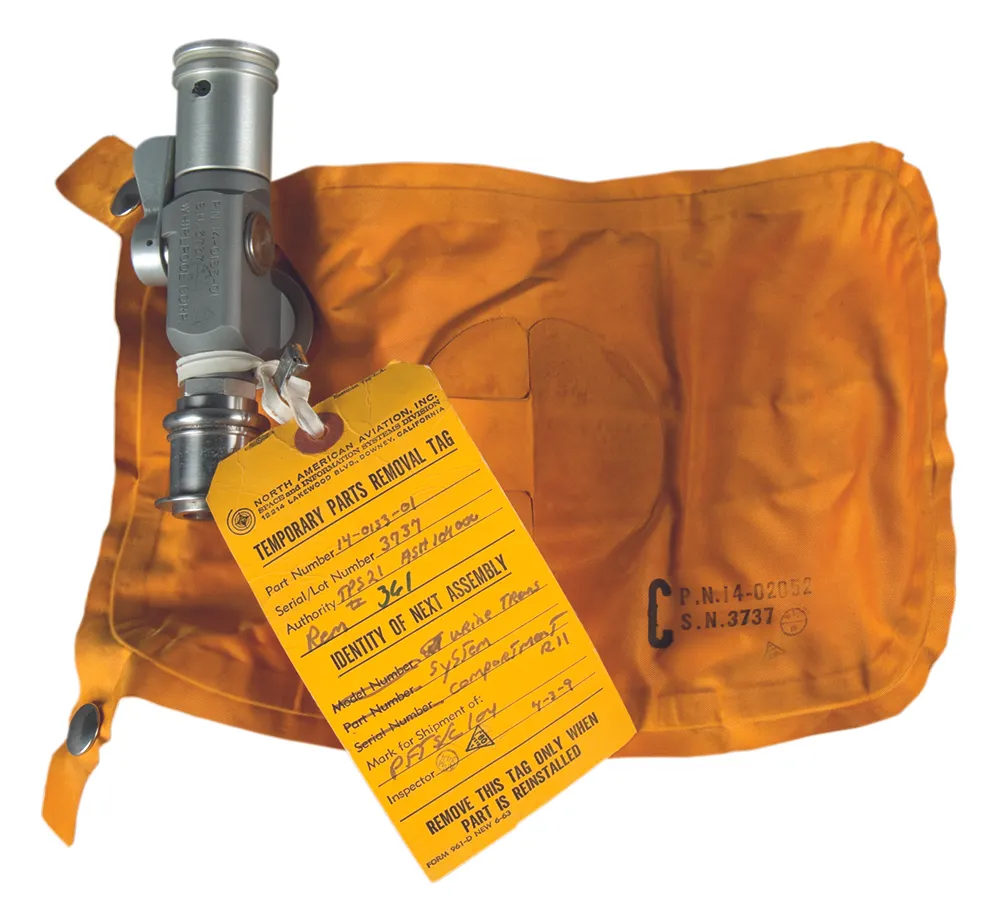
Going to the toilet was definitely one of the least pleasant aspects of life in space.
For a number two, astronauts taped a plastic bag to their buttocks.
The lack of gravitational pull was an issue that was never overcome on the Apollo missions.
As a result, a finger-sized pocket had to be included in the side of the bag so the crewmen could separate themselves from their faeces once they were finished.
They then had to pop in a capsule of germicide and knead the two together.
The Apollo 7 crew returned with the memo “Get naked, allow an hour, have plenty of tissues handy…”.
Even with this advice it went wrong on Apollo 10, when astronauts encountered “A turd floating through the air”. Twice.
Urinating, in comparison, was much easier. Astronauts strapped on a rubber pouch, which came in three sizes – small, medium and large.
Michael Collins remarked that Apollo 11 referred to them in the more favourable terms of “extra large, immense and unbelievable”.
These were attached to a hose that, when the valve was opened, would suck the urine into space.
This wasn’t as simple as it may seem. Open the valve too soon and your private parts would be painfully sucked in.
Open it too late and urine droplets would float all over the spacecraft – and the unimpressed members of your crew.
3
How much did the Apollo missions cost?
For the Apollo programme, a preliminary cost of $7 billion was quoted.
However, NASA administrator James Webb upped the estimate to $20 billion before handing it over to Vice President Johnson.
Many were shocked by the cost, including the president, but Webb’s estimate proved far more accurate.
The final cost was reported to Congress in 1973 as $25.4 billion, which equates to roughly $140 billion (£110 billion) today.
4
How did astronauts sleep?
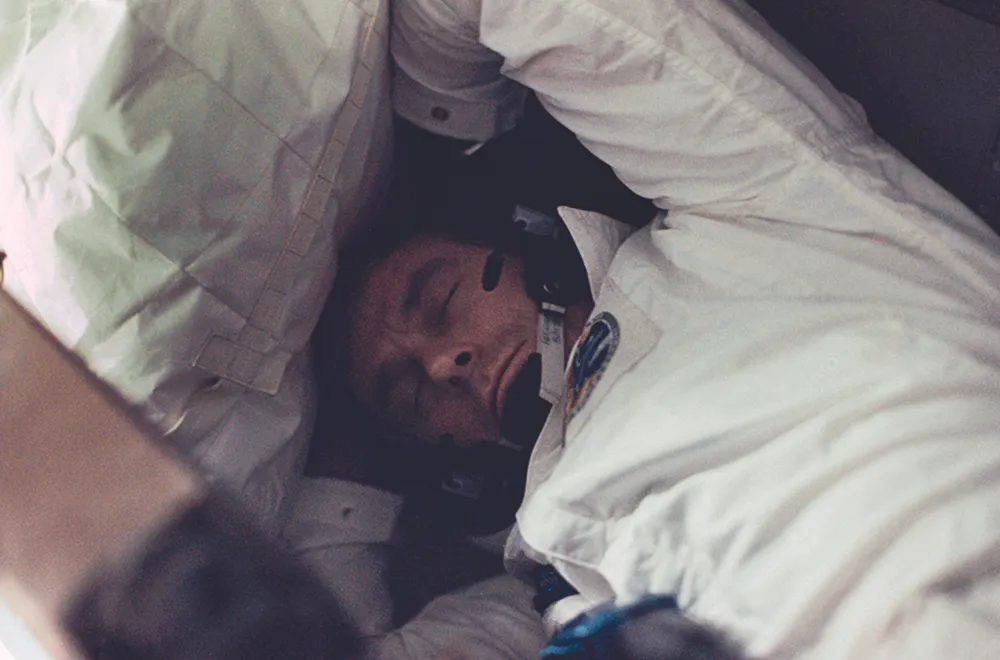
Apollo astronauts slept in ‘sleep restraints’, which were sleeping bags tied to the cabin to stop them floating about.
Restraints were placed under the left and right couches and also on top of the right couch.
They could be rolled up and stored when not in use.
When on the Moon, the gravitational pull allowed astronauts to sleep on the floor of the Lunar Module.
5
How were astronauts chosen and trained for the Apollo missions?
Potential astronauts were put through their paces in rigorous physical and psychological tests.
They all had to meet the basic criteria of being 25–35 years old, under 5ft 11inches, hold a degree in engineering or physical science and have logged at least 2,000 flying hours with test pilot experience.
Their training was tough and varied. Astronauts were pushed to their limits in g-force training, learnt to manoeuvre themselves in zero gravity and even practised planting the flag.
To recreate the lower gravitational pull of the Moon, astronauts were suspended sideways and had to walk along a wall.
When Neil Armstrong landed, he commented that walking on the Moon was much easier than the training.
Crew members underwent geology training and later Apollo teams went on Lunar Vehicle trips.
The plan was for the crews to land in the sea, so a lot of time was spent practising getting out of model spacecraft in swimming pools or the Gulf of Mexico.
However, in case they landed on land, all astronauts also had to learn jungle and desert survival skills.
6
How did the astronauts maintain personal hygiene?
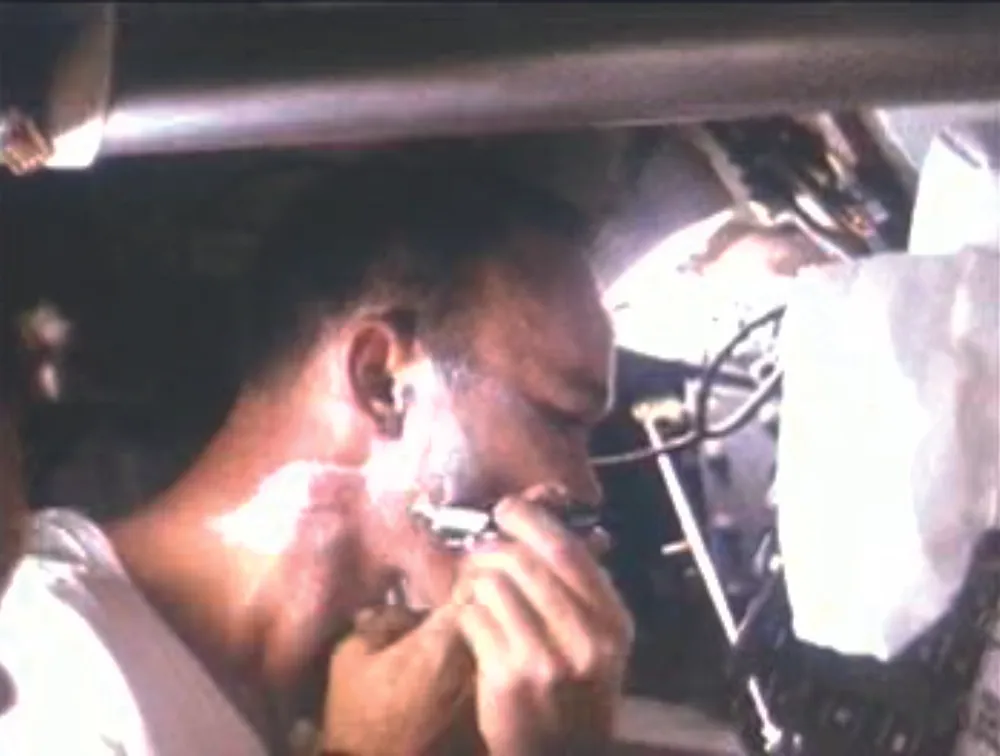
On board was a pack of dental floss, three toothbrushes and toothpaste that was safe to swallow.
The Apollo 10 crew were the first to shave in space.
A lot of time and effort had been spent investigating electric razors.
However, there was always the issue of bits of floating hair, which could have been a serious problem if they’d got into the machinery.
Someone suggested using a razor and brushless shaving cream. This worked perfectly as the cream kept the hair together, which could then be wiped off.
7
Did anyone get ill in space?
All the crew of Apollo 7 had colds. Without any gravitational pull clearing the mucus, a cold in space is very unpleasant.
The crew got increasingly grumpy and refused to wear their helmets during re-entry, so that they could blow their noses.
Motion sickness was quite common. On Apollo 8, Borman suffered from motion sickness and diarrhoea.
His crewmates Lovell and Anders had to help him chase down particles of vomit and faeces, which were floating around the cabin.
8
How did the Apollo astronauts breathe?
The spaceship was pressurised with an on-board oxygen source that enabled the crew to breathe normally.
When they were outside the spacecraft, astronauts wore a Portable Life Support System (PLSS), which was the large box on the back of the spacesuits.
This provided them with oxygen to breathe in and removed the carbon dioxide they exhaled.
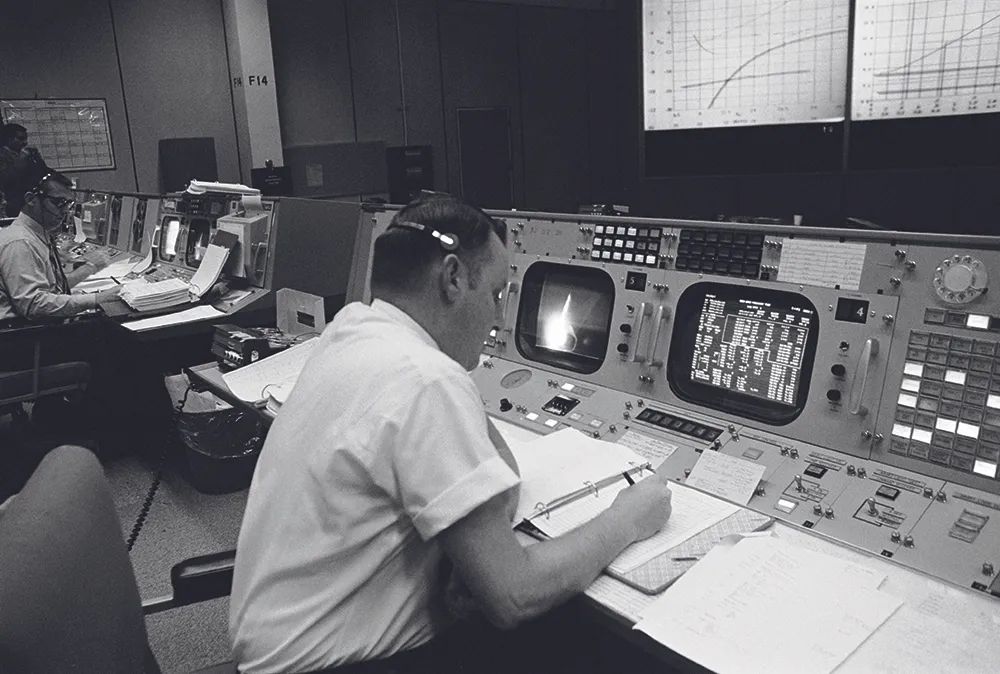
9
What did the astronauts wear?
The crew each had three tailor-made outfits.
The first was a cotton all-in-one piece, equivalent to underwear.
As it was worn under everything, it needed to be warm and comfortable.They were given two of these for each mission.
The second was referred to as the ‘inflight coverall garment’ and consisted of a jacket, a pair of trousers and a pair of boots.
This was made from Teflon as it was non-flammable and did not cause skin irritation. It was worn on board the spaceship.
Finally, there was the space suit. This one-piece, five-layer garment was worn during lift-off, re-entry and on the Moon.
It offered a stable internal pressure, regulated temperature and also included a Maximum Absorbency Garment in case the crew needed to go to the toilet.
After the tragedy of Apollo 1, the outer layer was non-flammable.
10
How did they communicate?
Astronauts communicated in the same way pilots on Earth do – via radio.
Range wasn’t an issue as radio signals don’t stop unless they are blocked.
This meant that when the Command Module was orbiting the far side of the Moon, the Command Module pilot was unable to communicate with either the crew on the Moon or Mission Control.
This article originally appeared in The Apollo Story special edition magazine.
Piers Bizony is a science author and space historian.


